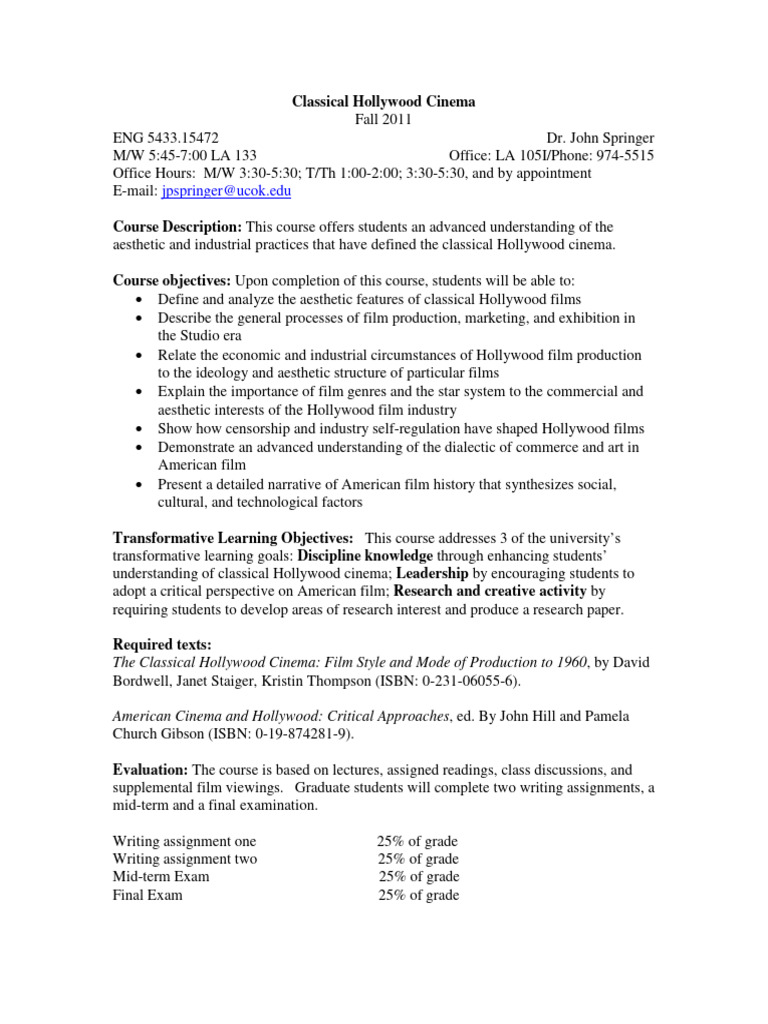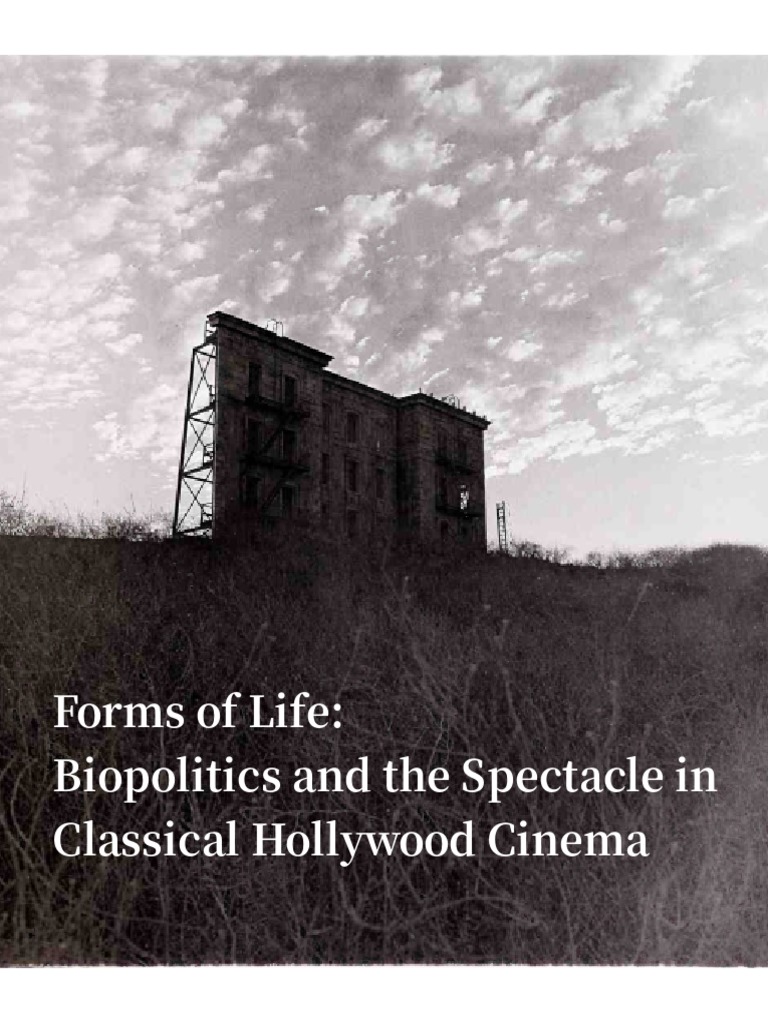The era of classic Hollywood cinema, spanning from the 1920s to the 1960s, is renowned for its distinctive visual and narrative elements that have become synonymous with the golden age of American filmmaking. This period saw the rise of iconic studios such as MGM, Paramount, and Warner Bros., each contributing to the development of a unique cinematic language. The classic Hollywood style, characterized by its use of continuity editing, three-point lighting, and a strict narrative structure, aimed to create an immersive experience for the audience, drawing them into the world of the film.
One of the defining features of classic Hollywood cinema is the studio system, which dominated the industry during this period. Under this system, major studios controlled every aspect of film production, from script development to post-production, and often contracted talent, including actors, directors, and writers, to exclusive deals. This vertical integration allowed studios to maintain a consistent quality and style across their productions, contributing to the distinctive look and feel of classic Hollywood films. The star system, another crucial element, focused on promoting and typecasting actors, further enhancing the appeal of these movies to a broad audience.
The Visual Style of Classic Hollywood

The visual aesthetic of classic Hollywood cinema is marked by its adherence to specific cinematographic and lighting techniques. Continuity editing, which ensures a seamless narrative flow by matching action across cuts, was a cornerstone of this style. This technique, combined with the use of three-point lighting (key light, fill light, and backlight), created a visually appealing and consistent look that enhanced the realism of the scenes. The aspect ratio of films during this era, typically 1.37:1 (Academy ratio), also played a significant role in framing the visual narrative, influencing composition and the placement of actors within the scene.
Sound in Classic Hollywood Cinema
The introduction of sound in the late 1920s revolutionized the film industry, and classic Hollywood cinema was at the forefront of this technological advancement. The talkies, as sound films were initially called, presented both opportunities and challenges. While sound enabled the inclusion of dialogue, music, and sound effects, it also required significant adjustments in acting styles, scriptwriting, and film editing. The development of soundstages and the use of boom microphones were crucial in capturing high-quality sound, further enriching the cinematic experience.
| Technological Advancements | Year Introduced |
|---|---|
| Sound in Films | 1927 (The Jazz Singer) |
| Color Film | 1930s (Technicolor) |
| Cinemascope | 1953 (The Robe) |

Narrative Structures in Classic Hollywood

Classic Hollywood cinema is also distinguished by its adherence to strict narrative structures, often following the three-act structure (setup, confrontation, resolution). This structure, combined with the hero’s journey narrative pattern, provided a framework for telling stories that were both engaging and predictable. The use of genre films, such as westerns, romances, and musicals, further helped in categorizing and marketing movies to specific audiences, ensuring a broad appeal and commercial success.
Impact of the Hays Code
The Hays Code, officially known as the Motion Picture Production Code, was a set of moral guidelines that governed the content of films from the 1930s to the 1960s. This code had a profound impact on the narrative and visual elements of classic Hollywood cinema, dictating what could and could not be depicted on screen in terms of violence, sexuality, and morality. While it imposed significant creative restrictions, the Hays Code also contributed to the development of subtle suggestion and inference in storytelling, as filmmakers found ways to convey themes and ideas without directly violating the code.
Key Points
- The studio system was the backbone of classic Hollywood cinema, controlling all aspects of film production and promoting a consistent style across studios.
- Visual elements such as continuity editing and three-point lighting were crucial in creating the distinctive look of classic Hollywood films.
- The introduction of sound and the development of color film technology significantly enhanced the cinematic experience and offered new creative possibilities.
- Narrative structures, including the three-act structure and genre films, played a key role in the storytelling of classic Hollywood cinema.
- The Hays Code had a profound impact on film content, leading to the use of suggestion and inference in storytelling.
In conclusion, classic Hollywood cinema represents a unique period in the history of filmmaking, marked by its distinctive visual style, narrative structures, and the influence of the studio system and the Hays Code. Understanding these elements provides insight into the evolution of cinema and the enduring appeal of classic Hollywood films. As technology continues to evolve and influence the film industry, the legacy of classic Hollywood cinema remains a foundational element in the art of filmmaking.
What was the significance of the studio system in classic Hollywood cinema?
+The studio system allowed for control over every aspect of film production, contributing to a consistent quality and style across studio productions and enabling the development of the star system.
How did the introduction of sound impact classic Hollywood cinema?
+The introduction of sound revolutionized the industry, enabling the inclusion of dialogue, music, and sound effects, but also required significant adjustments in acting styles, scriptwriting, and film editing.
What role did the Hays Code play in shaping the content of classic Hollywood films?
+The Hays Code imposed moral guidelines on film content, influencing what could be depicted on screen and leading to the use of suggestion and inference in storytelling to convey themes and ideas without violating the code.
Meta Description: Explore the definitive elements of classic Hollywood cinema, from its visual style and narrative structures to the impact of the studio system and the Hays Code, understanding what makes this era of filmmaking so enduringly influential.
